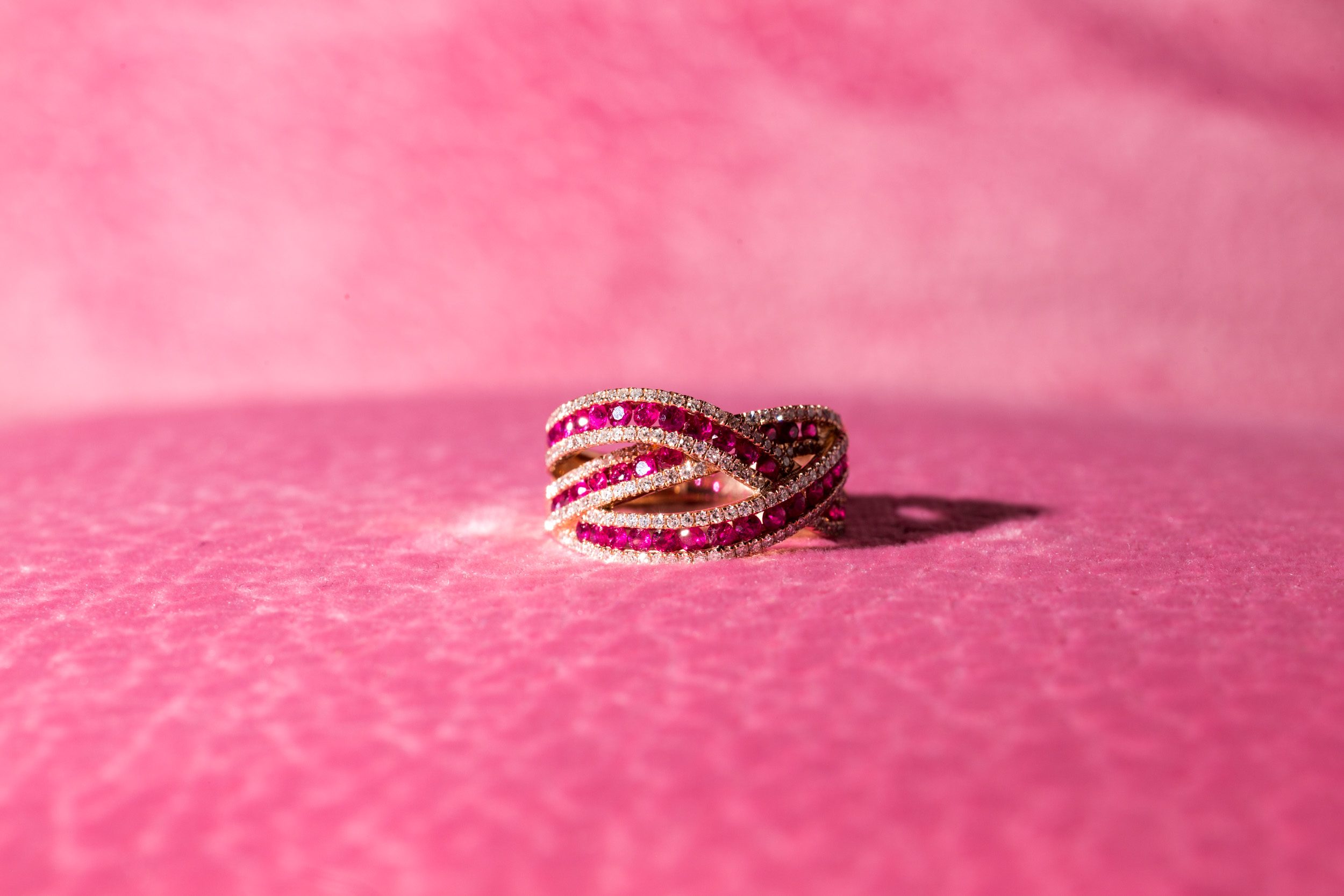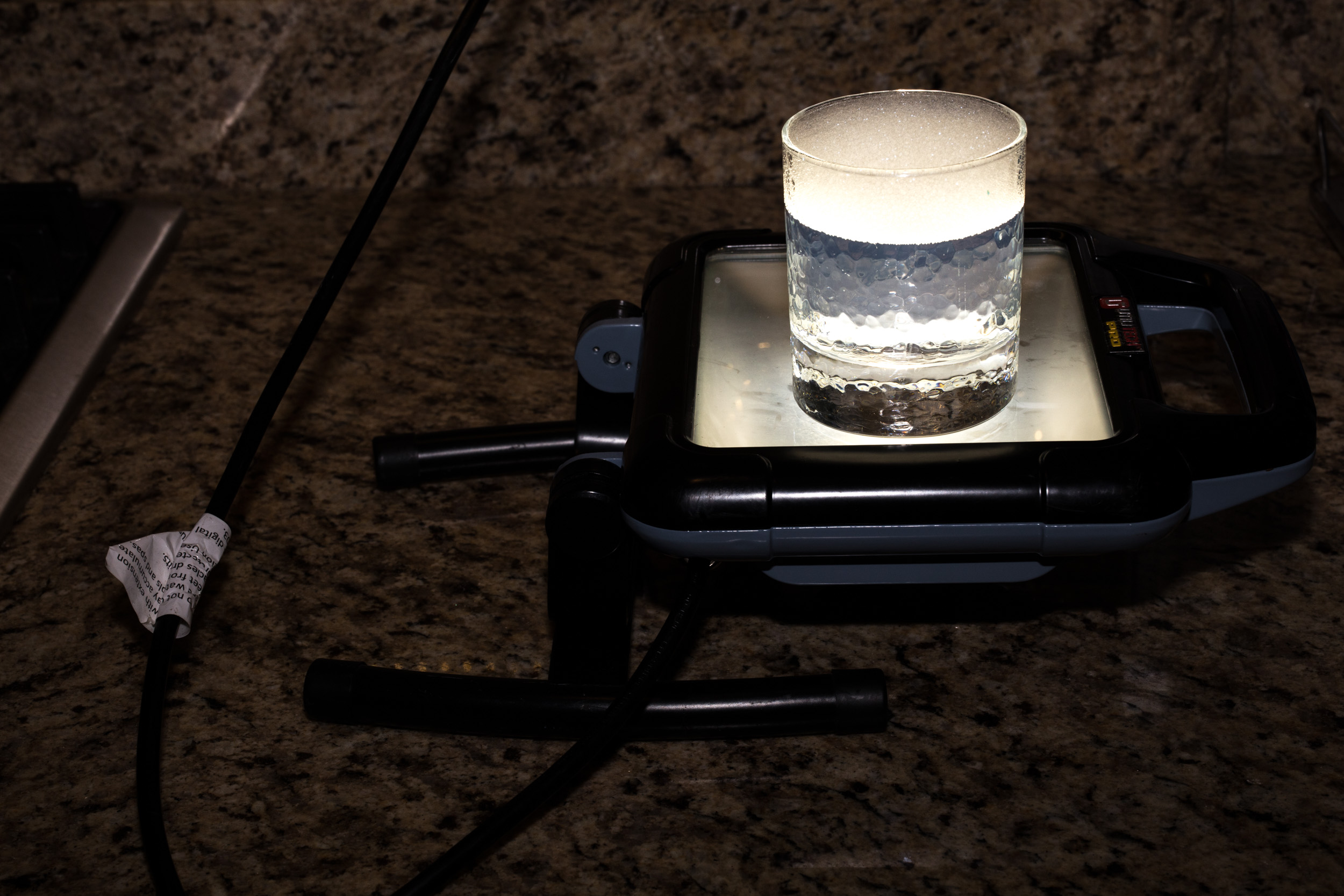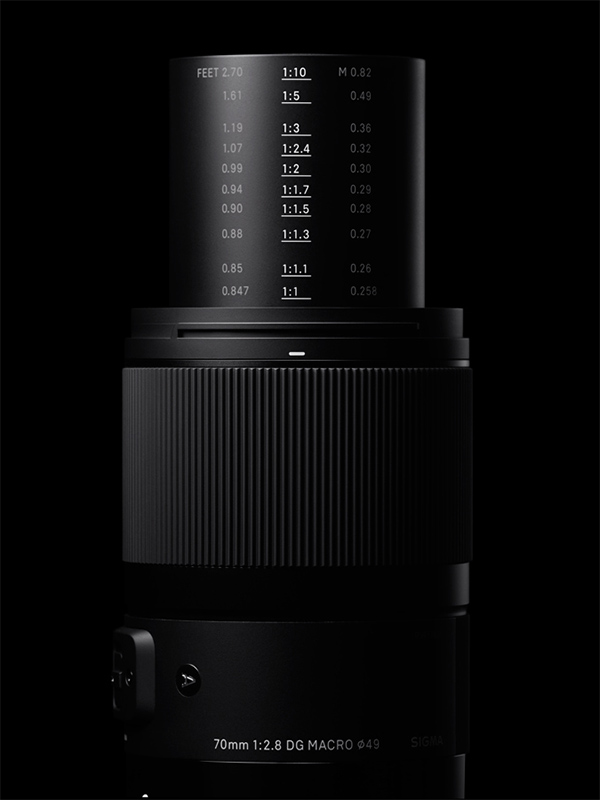The Sigma 70mm F2.8 DG Macro | Art is the first 1:1 magnification prime lens in the Art line. And it is the successor to the world-renowned 70mm F2.8 EX DG Macro lens. Just hearing the combination of this focal length, “macro” and “Art” all put together should get close-up photographers excited, and rightfully so! Cutting right to the point, this lens has huge expectations as both the first Art lens to be introduced in the Macro category, and as the follow-up to one of the sharpest macros ever produced—and it totally delivers!

In the hands, the lens is compact. The barrel extends to achieve greater magnification; but even fully racked to true life-sized 1:1 magnification, the barrel stays protected inside the lens hood. There’s a new optical design with 13 elements in 10 groups, a new motor that’s much more quiet than the previous version. While not totally silent, it is unobtrusive in all but the most sterile sound environments.
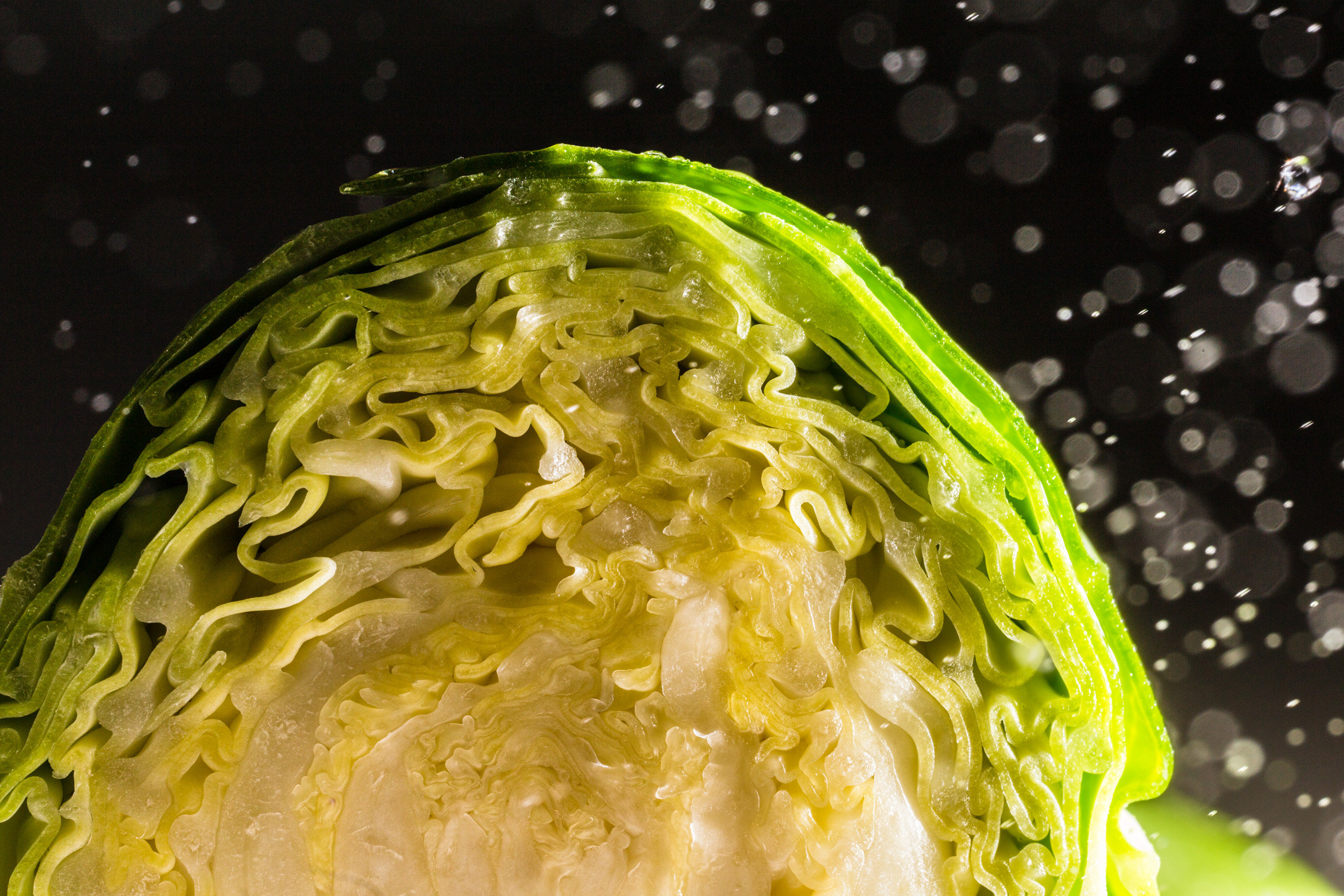
I tested the Canon mount, paired with a 6D, and was blown away by the level of detail straight out of this camera. I cannot wait to try this lens with a super-resolution camera like the Sigma sd Quattro H or the 5DrS! The detail is astounding, the clarity and color is fantastic. The focus motor is both swift and accurate, and the three-zone focus limiter that can isolate macro, full, or distant ranges for even finer AF performance.


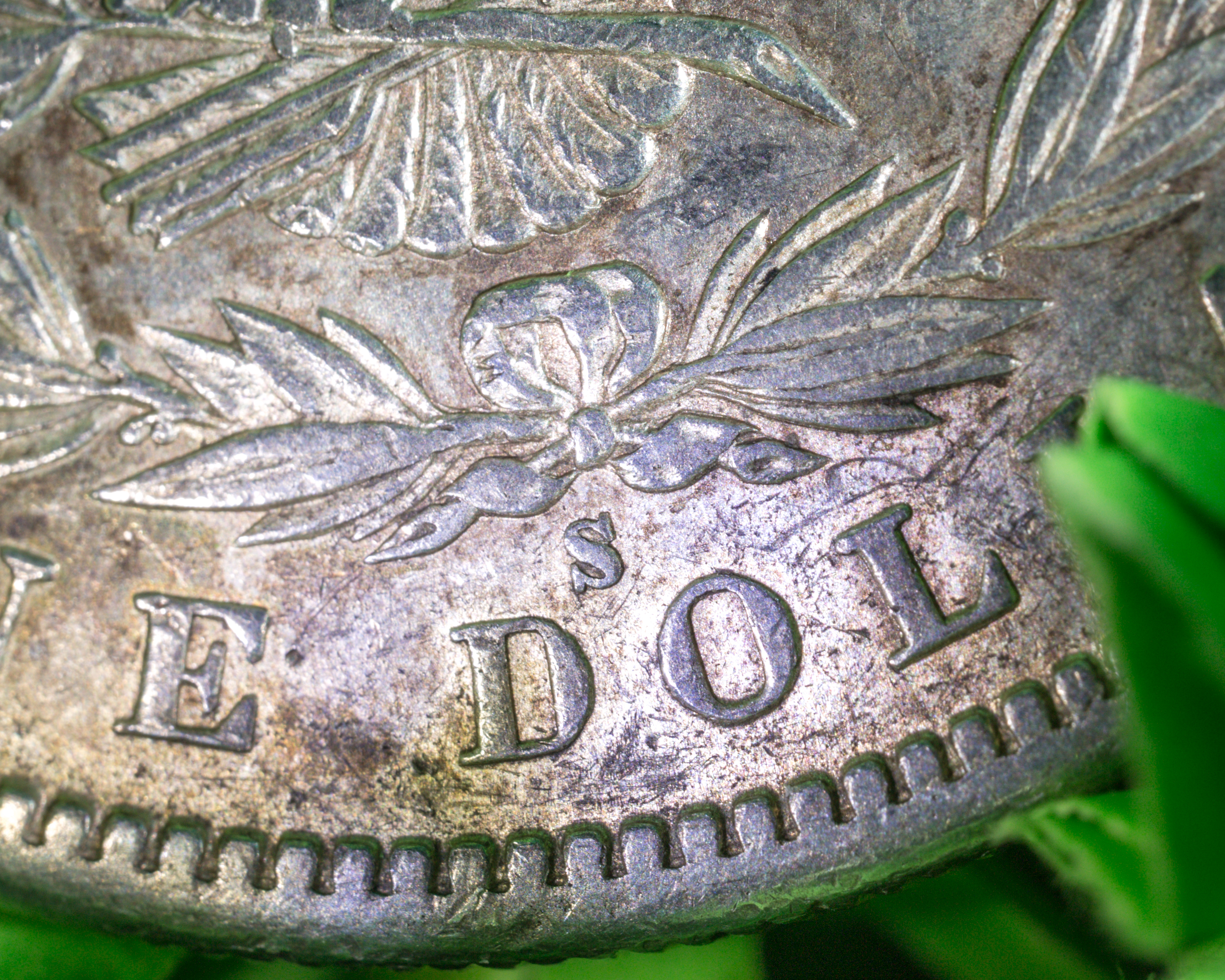
As the barrel extends, the 10.2 inch working distance at 1:1 is just a hair in front of the lens barrel. But even so, I was easily able to employ on-camera lighting with my 580EX tilted downward for macro illumination.
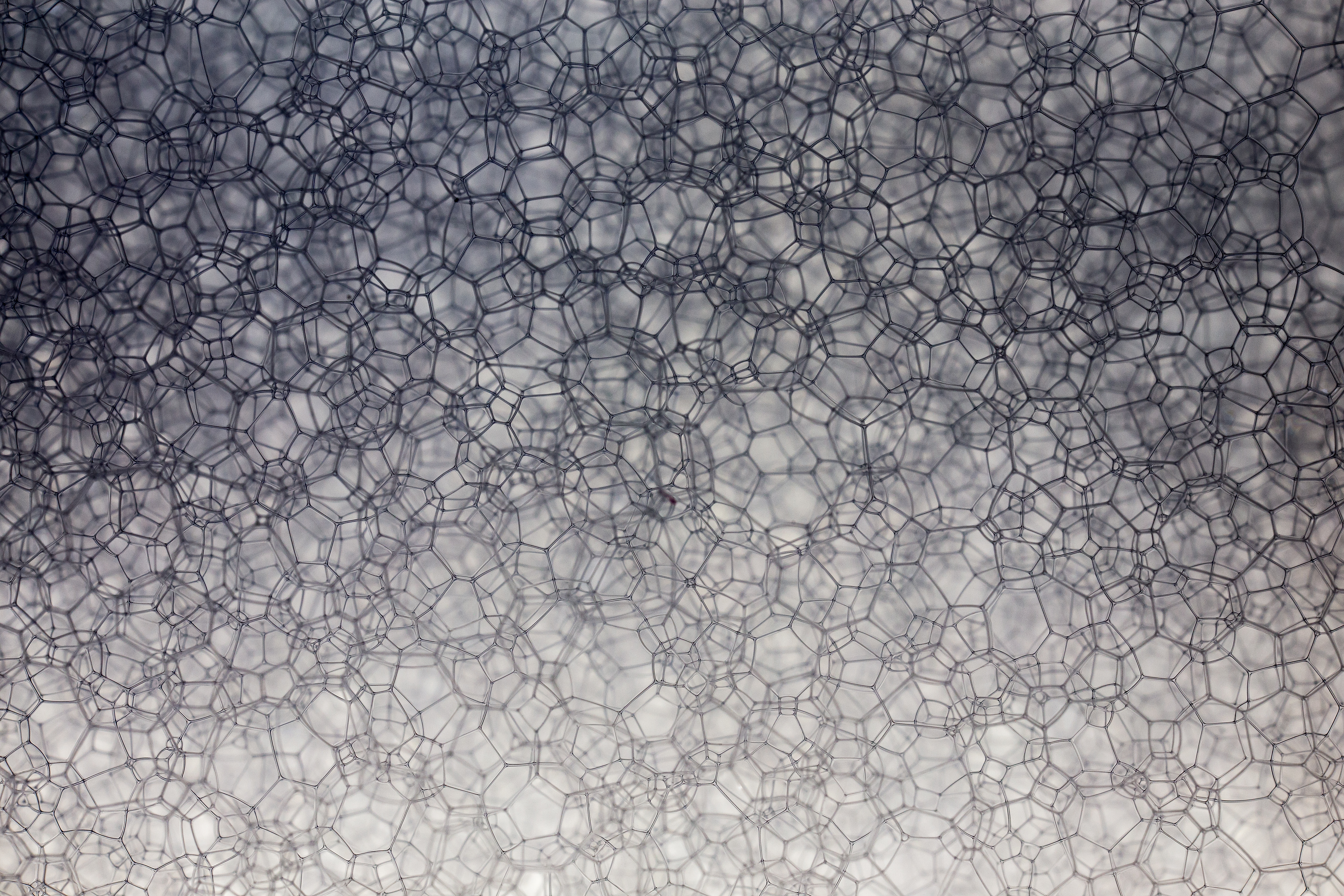
Even when stepped down to middle apertures, depth of field at higher magnifications is incredibly shallow and measured in fractions of centimeter. This can be used as a creative effect to guide the viewer’s eyes through the frame, or to illustrate one small details in a small object. Depth of field, obviously, increases a bit at longer focusing distances at lower magnification. All in all, the close-up images that this lens can produce are an incredible look into a world that’s hidden in plain sight.
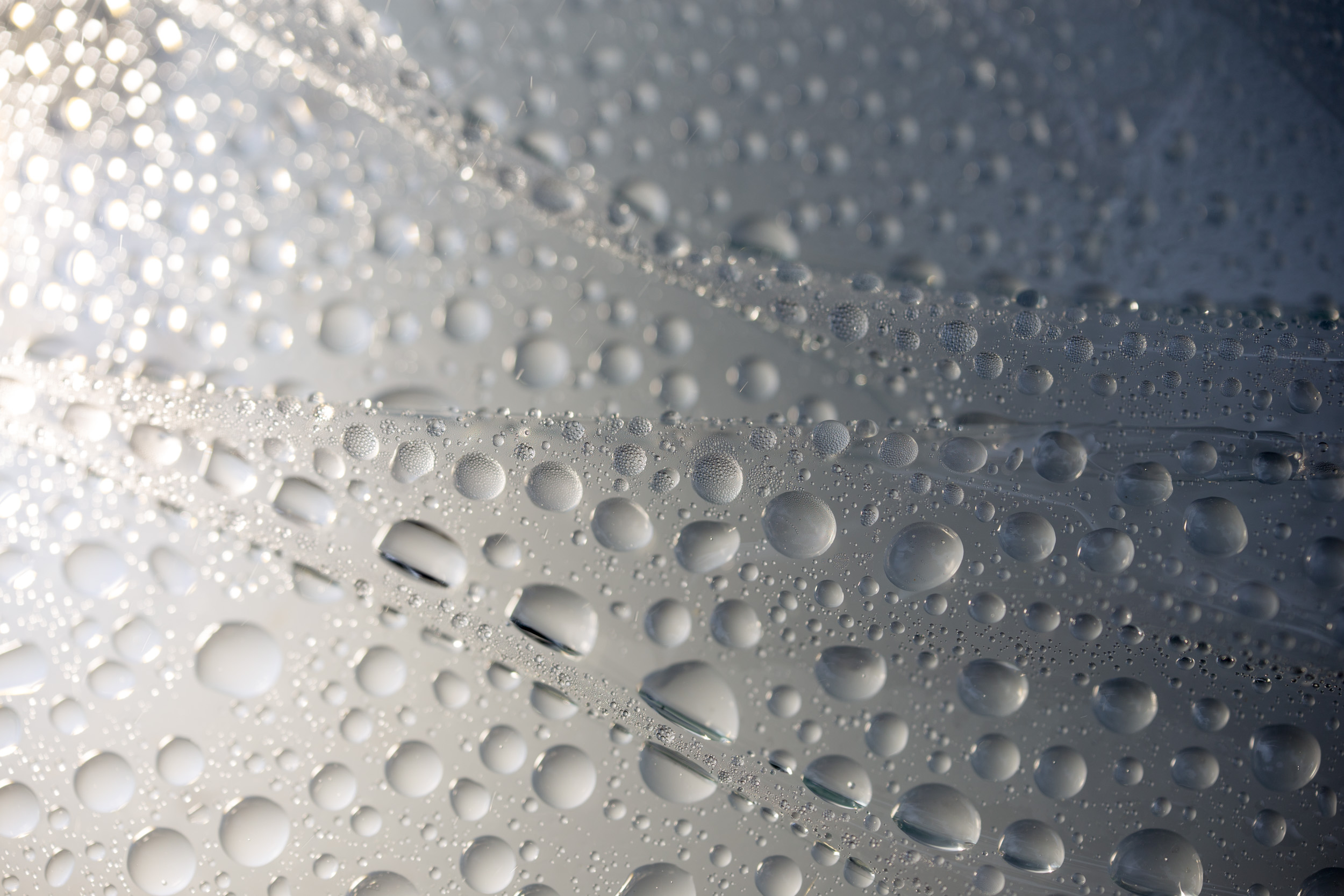

The manual focus ring is well-damped and responsive, when the camera is set in capture mode. It is a focus-by-wire system, so the camera needs to be engaged to extend and retract the focusing barrel. So, for example, you need to make sure your camera is on in order to retract the lens. And if you’ve got the lens in your hands, not attached to a camera, the lens will not rack out no matter how many times you try. This is as designed, and it can take a little while to get attuned to it.

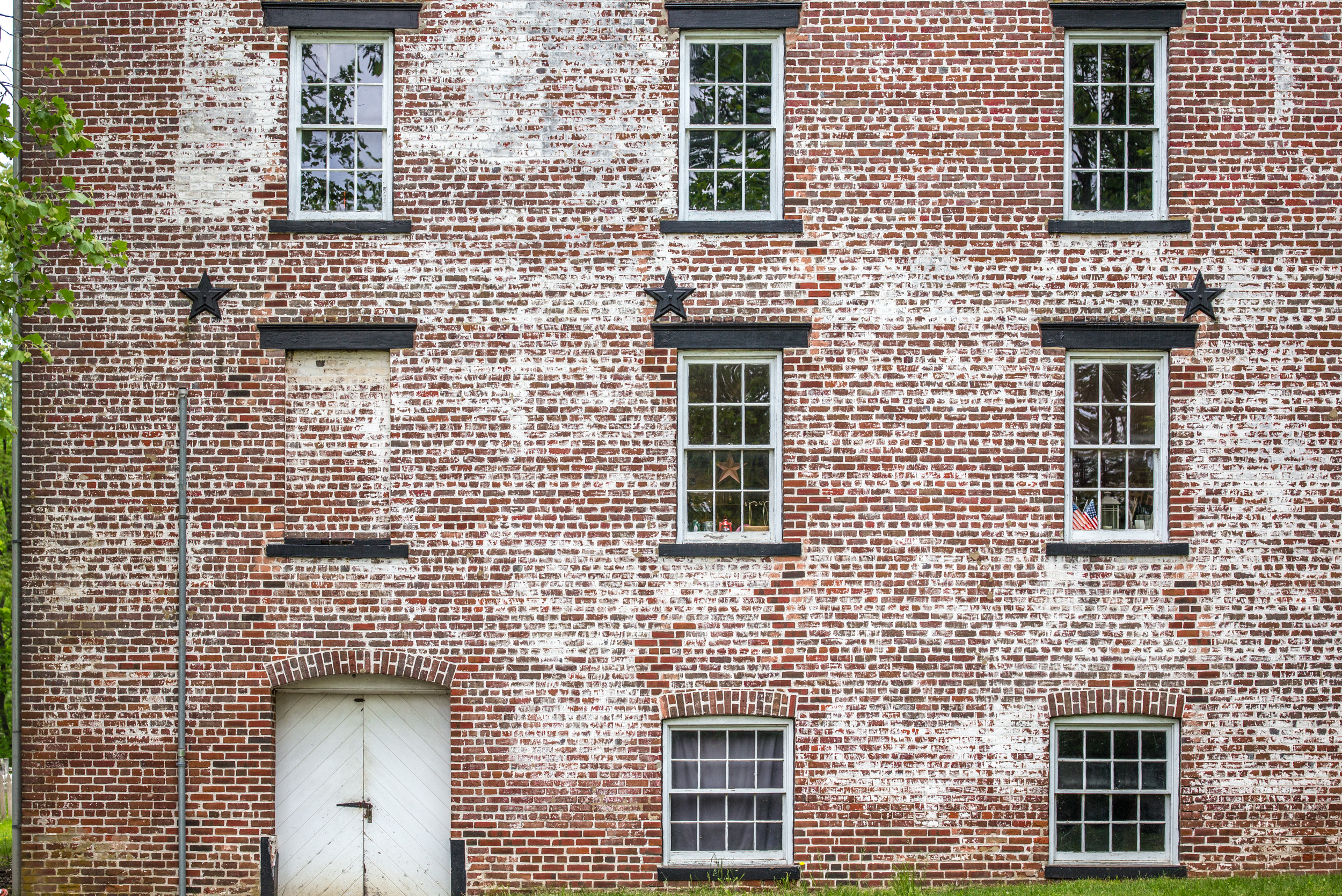
Perhaps the best thing a photographer can say about a piece of gear is this: It makes me want to stop everything and go make photos. Since this lens showed up a few days ago, I’ve found myself thinking non-stop of what to explore next. It is just that amazing a close-up lens.


